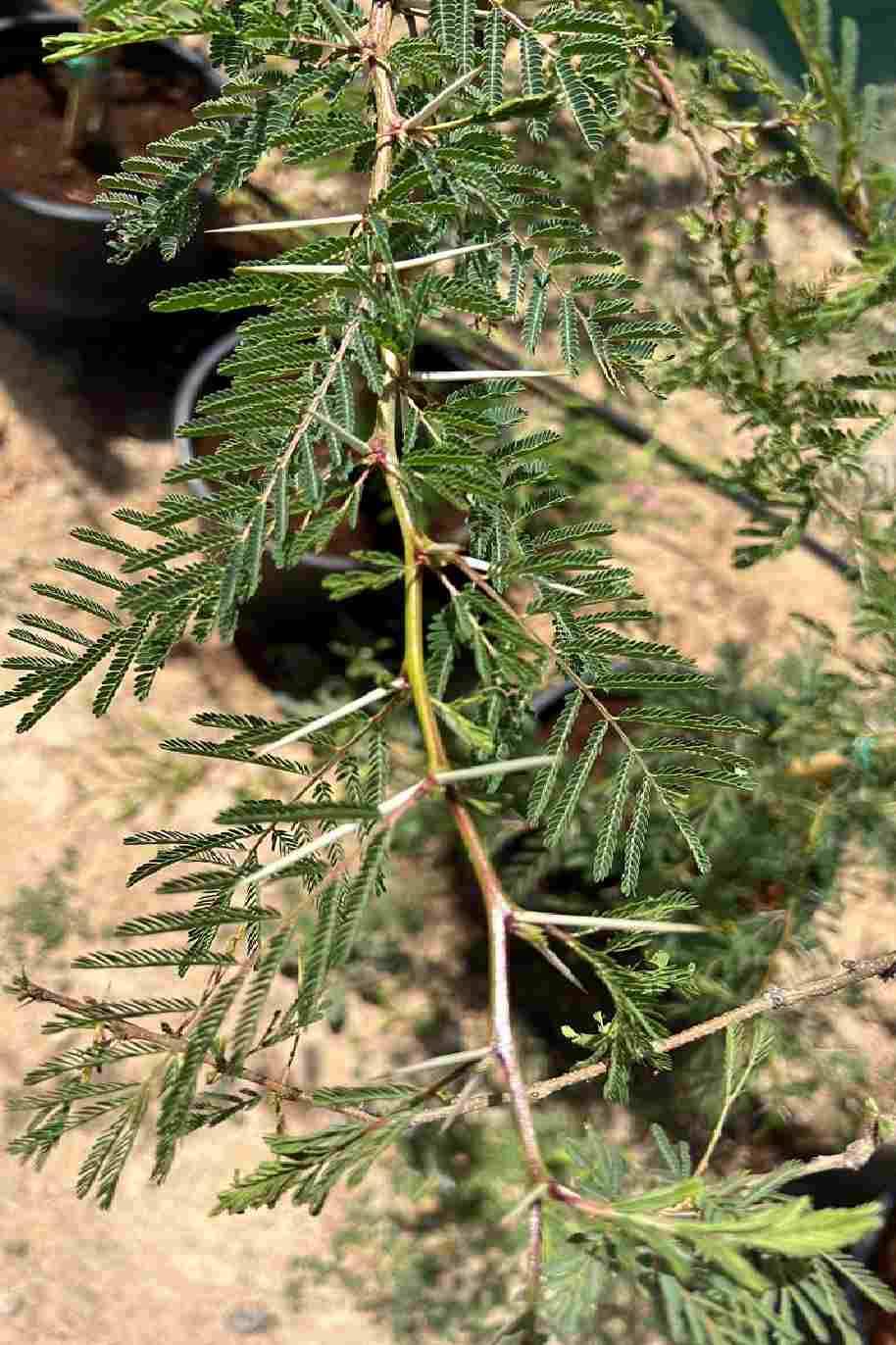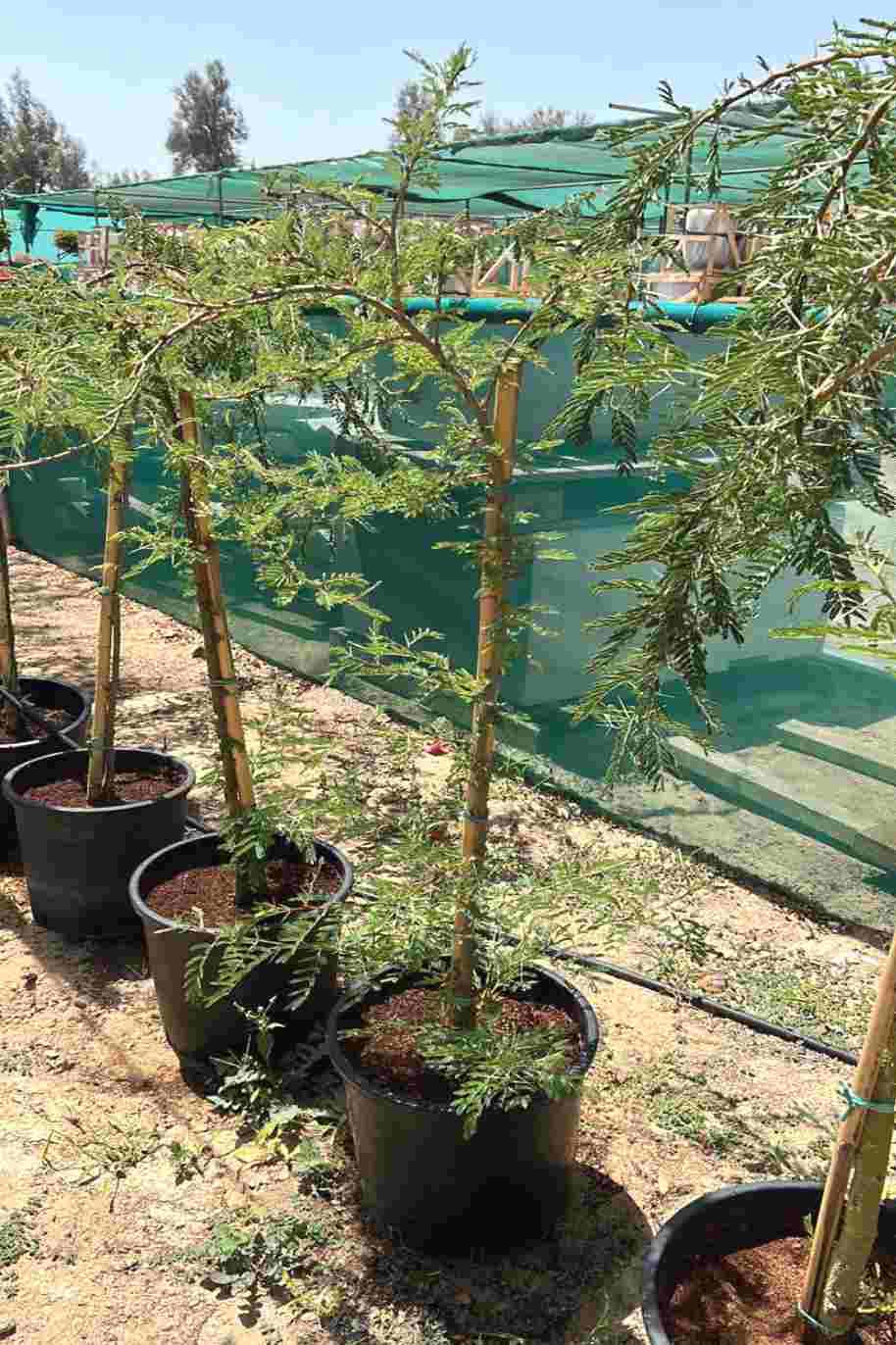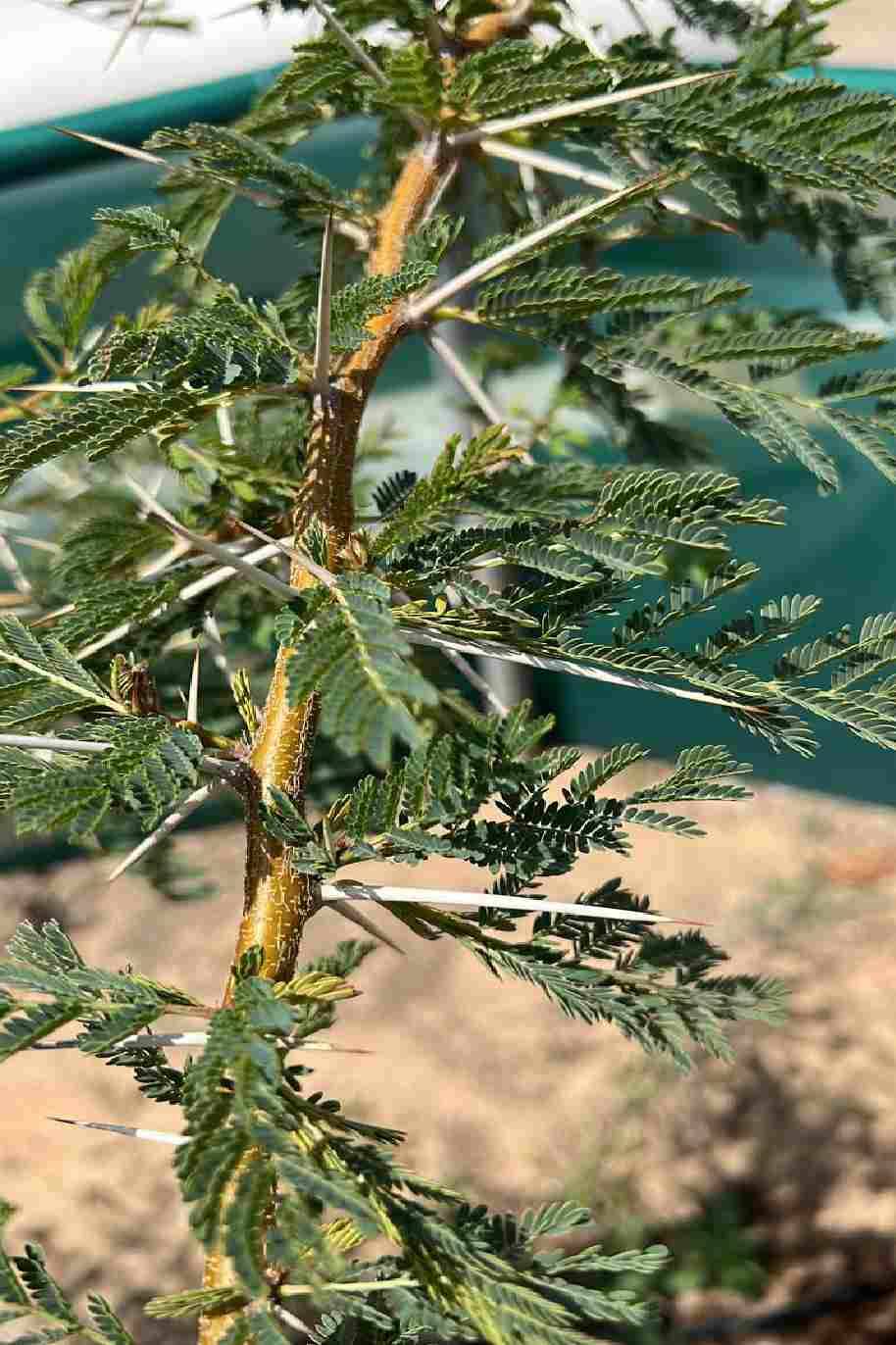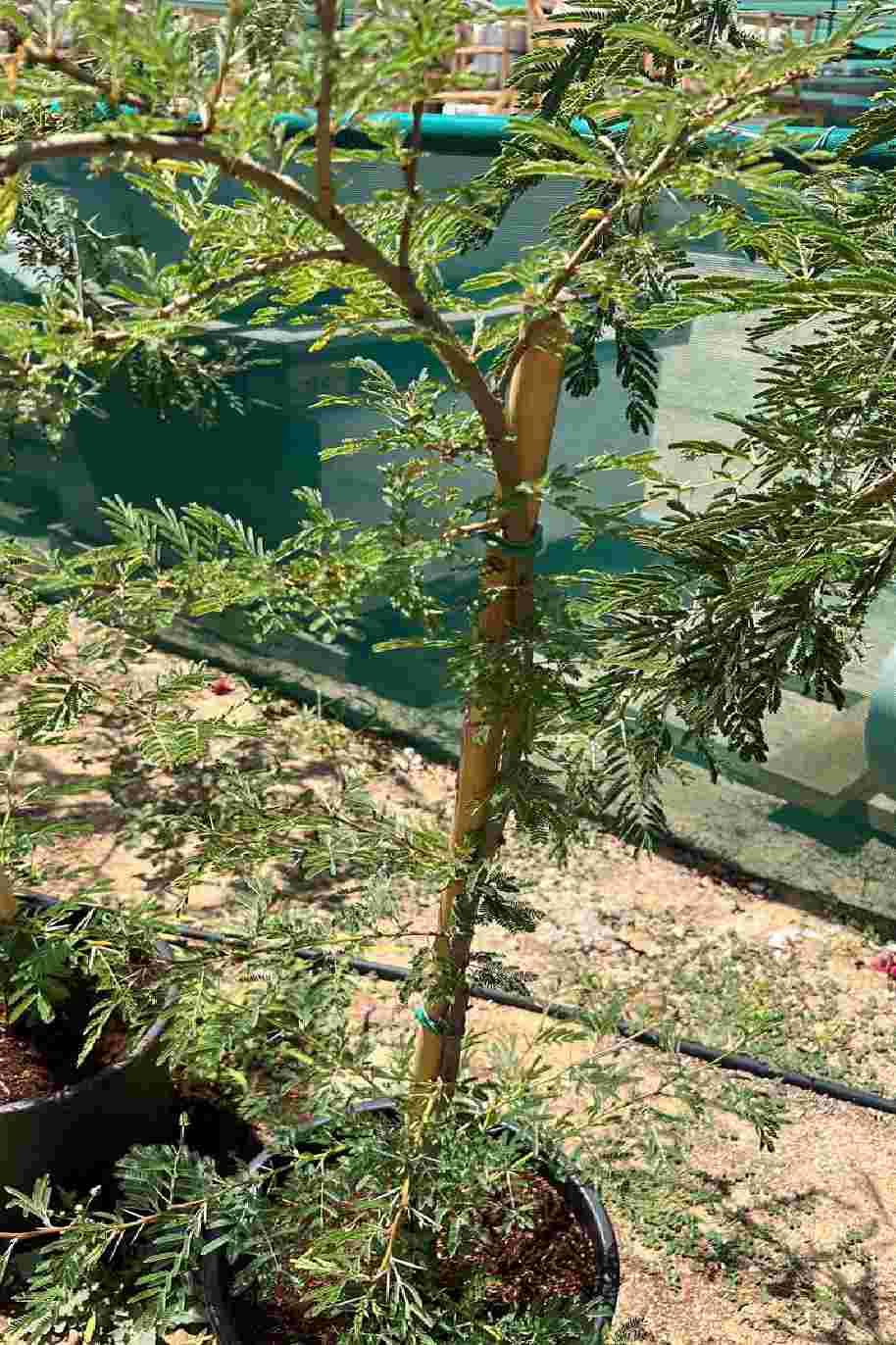Plant Bio
Acacia xanthophloea, commonly known as the Fever Tree, is a medium to large deciduous tree native to sub-Saharan Africa. It is highly recognizable for its distinctive yellow bark and feathery foliage. Here is a description and care guide for Acacia xanthophloea:
Description:
Size: The Fever Tree can grow up to 50-65 feet (15-20 meters) tall, occasionally reaching heights of 100 feet (30 meters). It has a slender, upright growth habit with a rounded canopy.
Bark: The most prominent feature of the Fever Tree is its smooth, pale yellow to lime-green bark, which gives the tree its name. The bark is often speckled with patches of darker gray or brown.
Leaves: The tree has bipinnate leaves, meaning each leaf is divided into multiple pairs of small leaflets. The leaflets are slender and fern-like in appearance, providing a delicate and airy foliage.
Flowers: Acacia xanthophloea produces small, pale yellow, spherical flower clusters that are highly fragrant. The flowers appear in late spring or early summer.
Fruits: After flowering, the tree develops flat, elongated seed pods that contain small seeds. The pods mature and turn brown, eventually splitting open to release the seeds.
Care:
Sunlight: Fever Trees thrive in full sun and require at least six hours of direct sunlight each day.
Soil: They prefer well-draining soil but can tolerate a wide range of soil types, including sandy or clay soils. The tree is adaptable to both acidic and alkaline soil pH levels.
Watering: Acacia xanthophloea is moderately drought-tolerant once established. However, regular watering during dry periods helps maintain its health. Water deeply and infrequently, allowing the soil to partially dry between waterings.
Pruning: Pruning requirements are minimal for Fever Trees. Remove any dead or damaged branches, as well as any crossing or rubbing branches. Prune for shaping or size control if necessary, preferably during the dormant season.
Fertilizer: Mature Fever Trees generally do not require heavy fertilization. However, you can apply a balanced, slow-release fertilizer in early spring to promote growth and overall health.
Pests and diseases: Fever Trees are relatively resistant to pests and diseases. However, they can occasionally be affected by borers or leaf-eating insects. Monitor the tree for signs of infestation and treat with appropriate insecticides if necessary.
Propagation: Acacia xanthophloea can be propagated from seeds or cuttings. Seeds should be scarified (with light abrasion) and soaked in warm water to enhance germination. Semi-hardwood cuttings taken in spring or early summer can also be used for propagation.
Fever Trees are prized for their unique bark color, graceful foliage, and ornamental value. They are suitable for larger gardens, parks, or open landscapes where they can provide shade and add visual interest. With proper care, Acacia xanthophloea can flourish and become a stunning centerpiece in your outdoor space.











